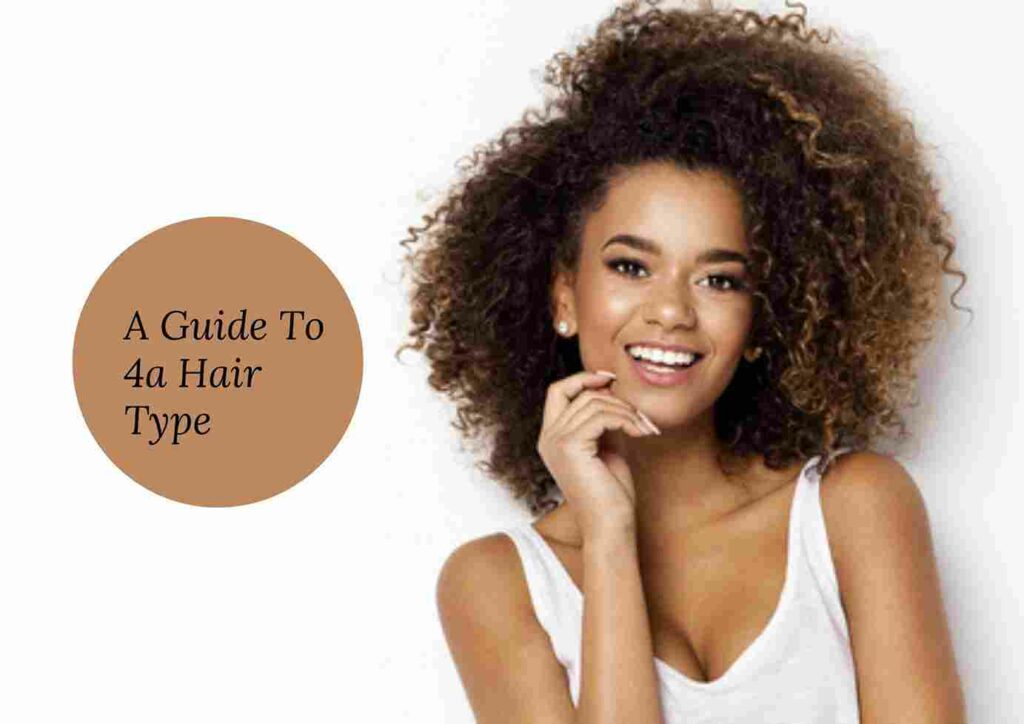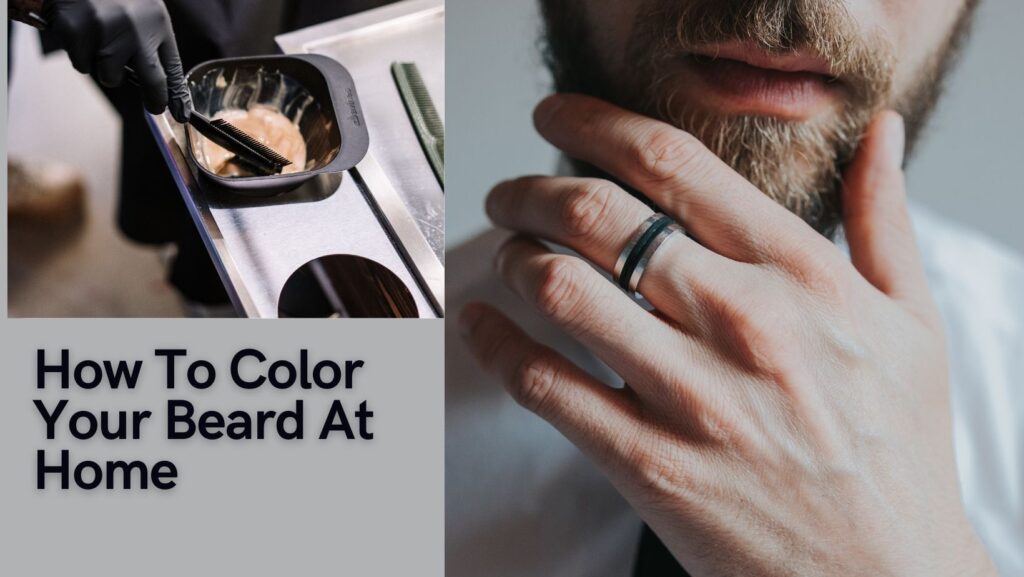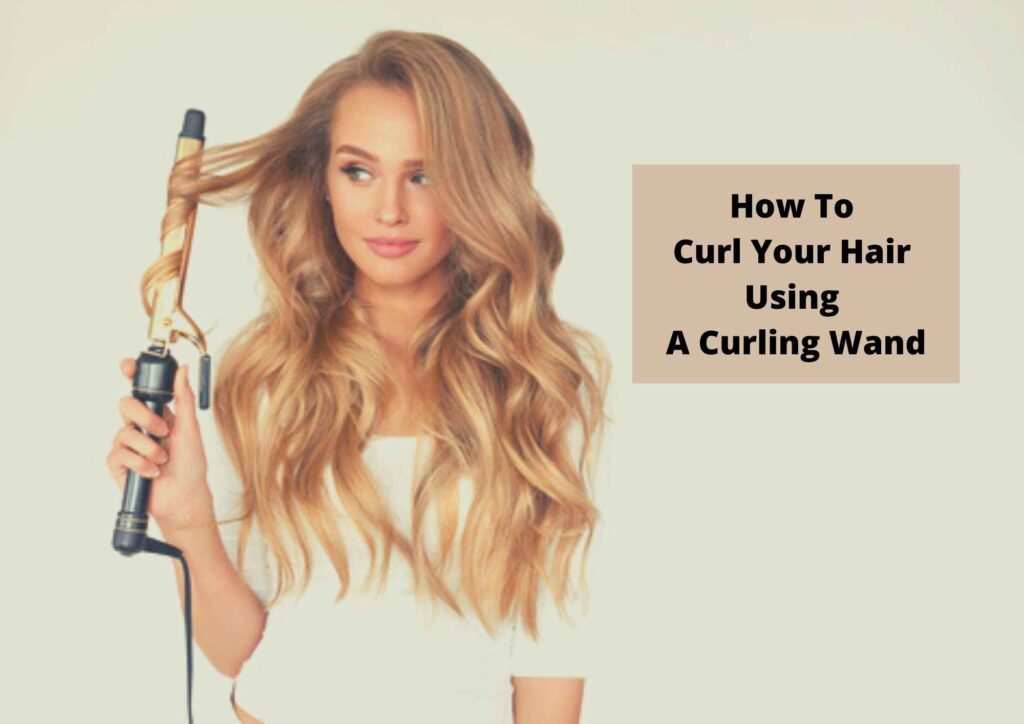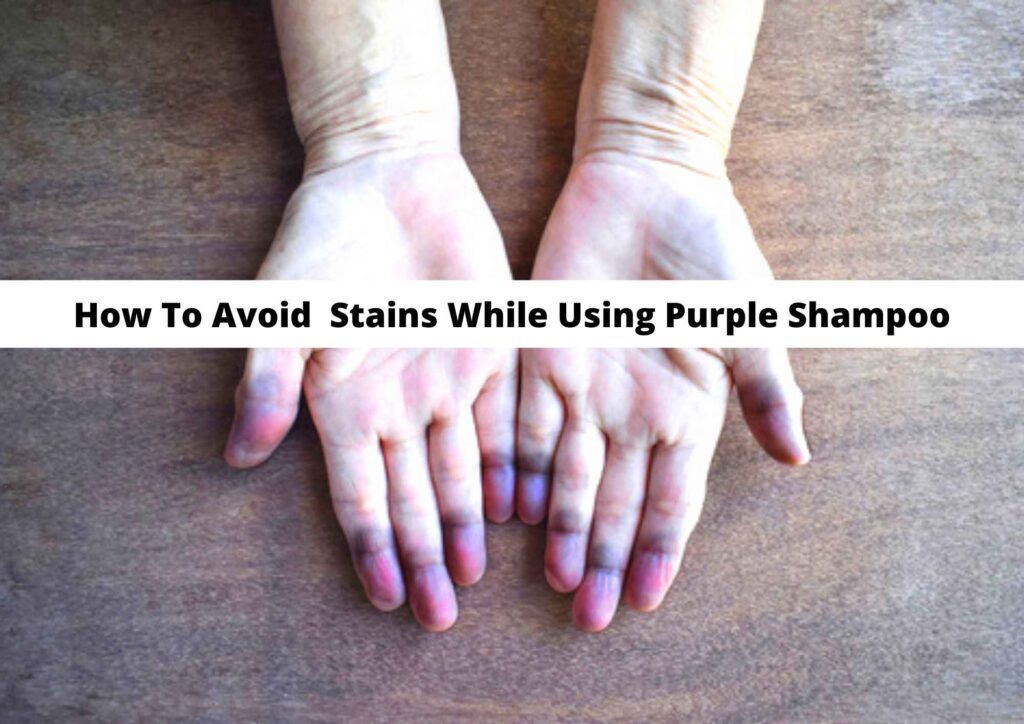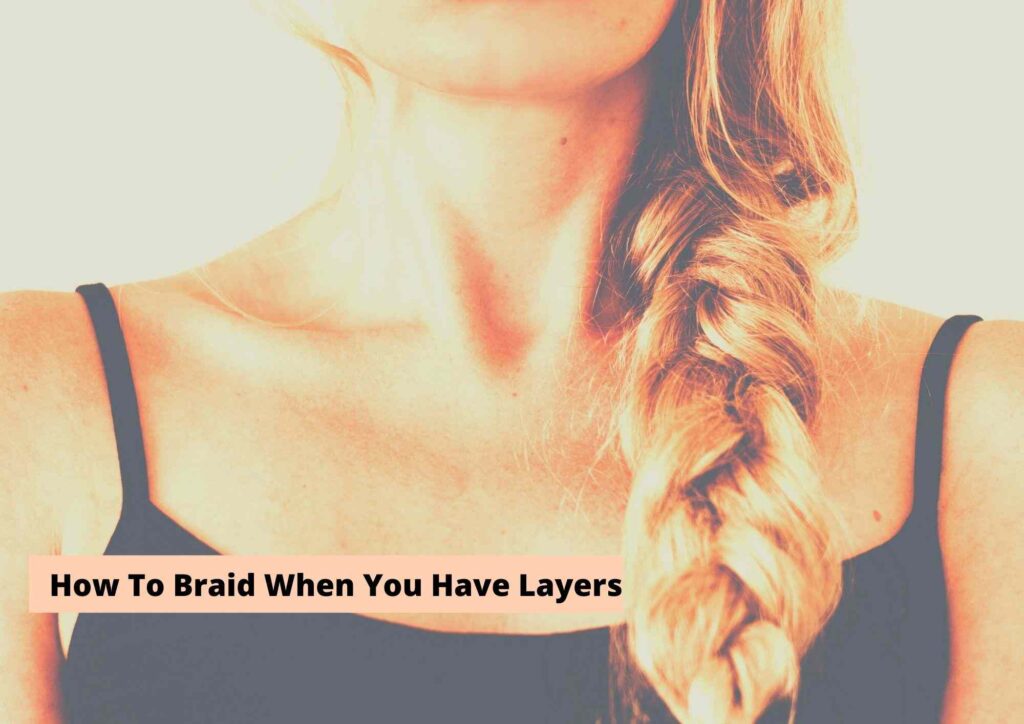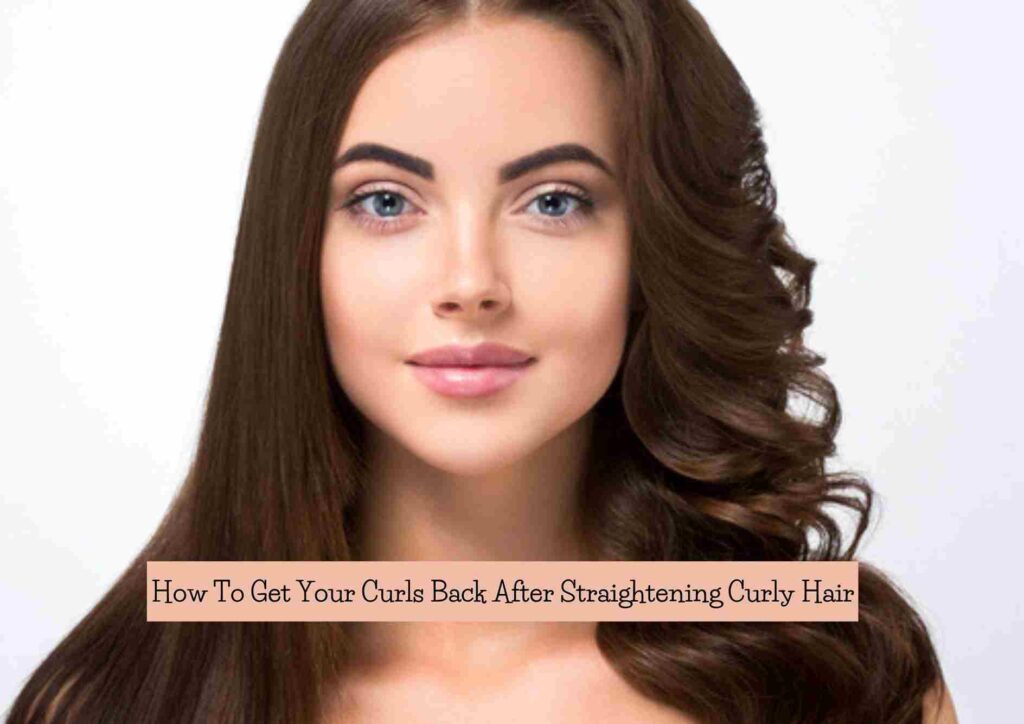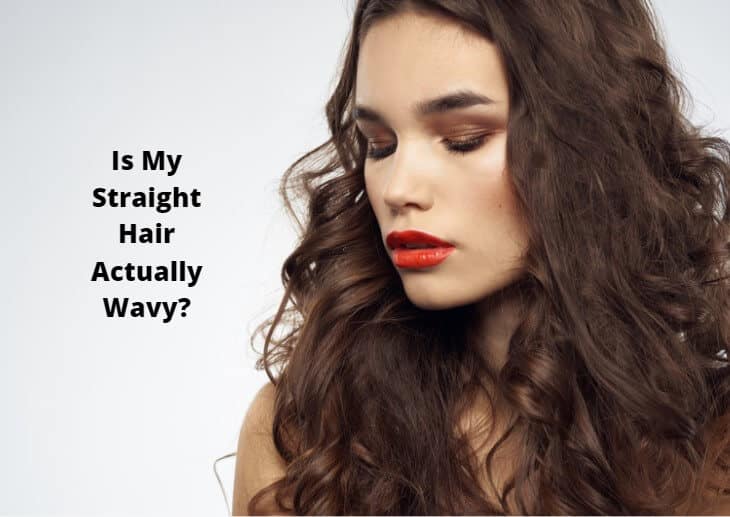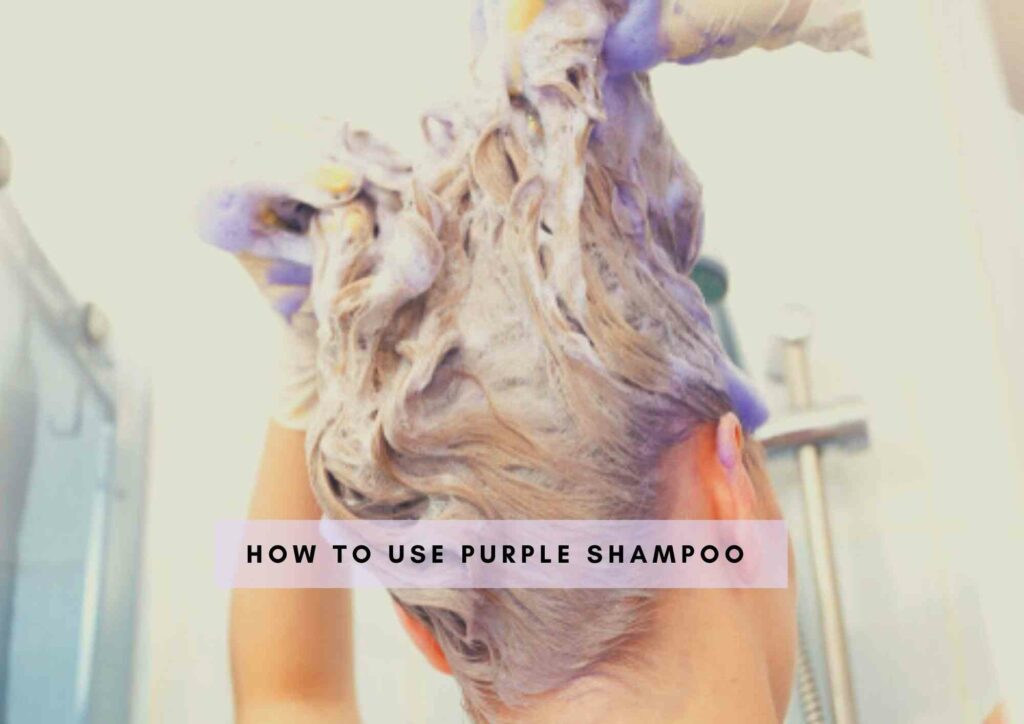Got 4a hair type? Here’s a simple guide on how to care for 4a hair and what hair products to use. Also find tips on how to grow 4a hair as it’s very prone to shrinkage.
Natural hair or type 4 hair is often the most difficult hair type to manage and care for. But at the same time, this hair texture is absolutely gorgeous!
Type 4 hair is often called “Afro” hair as it’s predominantly found in the African American community.
These curls aren’t like your type 3 curls which fall in ringlets or spirals. Type 4 curls usually have a corkscrew structure and a very small circumference compared to type 3 hair.
Related: Type 4 Hair
Related: What Is 4C Hair
Related: What Is 4B Hair
A lot of women used to go for rebonding treatments or silk presses to straighten type 4 hair, but I’m glad to see people now embracing natural hair for all it’s worth.
As it’s got a very coily structure, type 4 hair is the most prone to dryness and frizz as the scalp’s natural oils have no way of getting distributed through the tightly-wound strands.
4a Hair
What Is 4a Hair Type
Type 4 hair is often used to describe kinky, coily hair found predominantly among Black people. It is also called natural hair and can be classified according to the Andre Walker Hair Typing System into type 4a, 4b, and 4c hair.
4a hair types are those with a tighter, more pronounced curl pattern than 3a hair but it still somewhat has the “S” shape of 3a hair.
The diameter of the curls are smaller than 3a hair and is about the size of a crochet needle. A
But perhaps the biggest identifier of 4a hair is that it looks springy and coily but has individual strands that curl away from your scalp forming an “Afro”.
What Is The Difference Between 4a 4b And 4c Hair
Type 4a, 4b, and 4c hair are all coily, natural hair types but the difference here is between the tightness of the curl pattern, the shape of the hair, and the closeness of the hair strands.
In 4a hair the curls have a medium-sized circumference (compared to 4b and 4c hair) and each individual hair strand has a pronounced texture and stands out easily.
But this isn’t the case in 4b and 4c. You will find greater difficulty in trying to identify one strand from another in 4b hair as the hair appears as one entity and looks very fluffy.

The curl pattern on 4a hair still has a “S” shape unlike 4b hair which has a zigzag pattern on the strands.
4c hair on the other hand isn’t technically curly but appears more like “coils’ ‘ that sit atop your head. The “curls” are very, very tightly wound and appear springy and form massive, fluffy afros as they are very voluminous (and very dry!).
How To Grow 4a Hair – Defeating The Enemy Called Shrinkage!
The most unique problem faced by 4a hair types (or type 4 hair in general) is shrinkage. And yes, you might see some shrinkage in 3c curls as well but it’s not as pronounced.
So what is shrinkage? Well, when your hair is wound into well-defined, tightly-wound curls it’s length appears shorter than it really is.
A person with 4a hair might have hair upto the waist when it’s straightened but it will “shrink” down to mid-back length if when you return to your natural curl pattern.

So it’s important to learn how to grow 4a hair to help defeat the problem of shrinkage. Here are some tips you can follow.
- The biggest enemy of 4a hair is dryness. It’s not that your 4a hair isn’t growing, but that it’s breaking. Always MOISTURIZE!
- Maintain the moisture-protein ratio in your strands, especially if you have high porosity hair. If you regularly use leave-in conditioners, creams and the like do not forget to use a protein hair mask or rice water treatment to add proteins to your curls as well.
- Take care of your scalp. Usually type 4 is worn in protective hairstyles, some of which can be quite tight at the roots. Make sure there’s adequate blood circulation there.
- Wear protective hairstyles! No they don’t have to pull at your roots. But hairstyles like braids, cornrows, bantu knots, etc. prevent breakage and help 4a hair grow.
Hair Care Tips For 4a Hair
Caring for 4a hair can seem very daunting at first. So a lot of people prefer to straighten it or wear it in protective hairstyles.
But it doesn’t have to be that complicated. Here’s a simple hair care routine for 4a hair type that will fit right into your schedule and leave your 4a curls looking gorgeous.
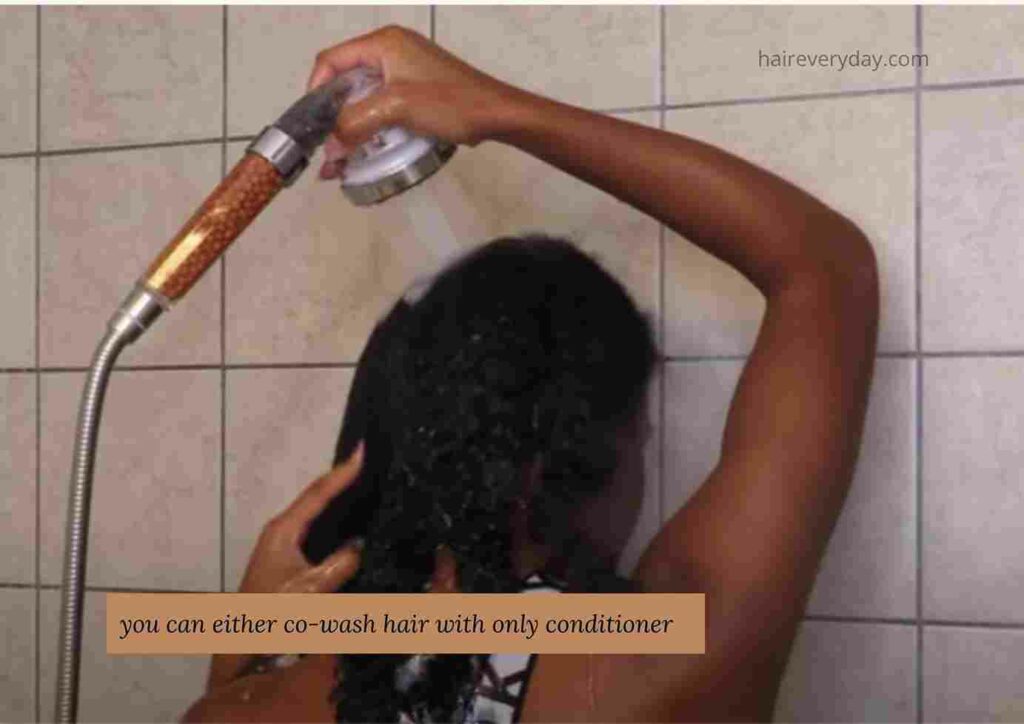
Banish The Shampoo (Or Use A “Low-Poo” One!)
Yes sulfates and other harsh-surfactant based shampoos are bad for all hair types. But they can be disastrous for type 4 hair.
Some hair experts recommend that people with 4a hair join the “no-poo” movement and only co-wash their hair. This involves washing your hair with only water and conditioner and skipping shampoo altogether.
You can use a regular wash-off conditioner to do the co-washing or invest in a special co-wash product like the Cantu Shea Butter Co-Wash which still gently cleanses your hair.
But if you have an oily scalp or absolutely want to shampoo your hair, you should try a sulfate-free, extremely gentle shampoo with enough nourishing ingredients to keep your 4a hair moisturized.
I personally recommend the SheaMoisture Strengthen & Restore Shampoo as I like that it contains apple cider vinegar that cleanses hair and moisturizing ingredients like Jamaican Black Castor oil and shea butter.
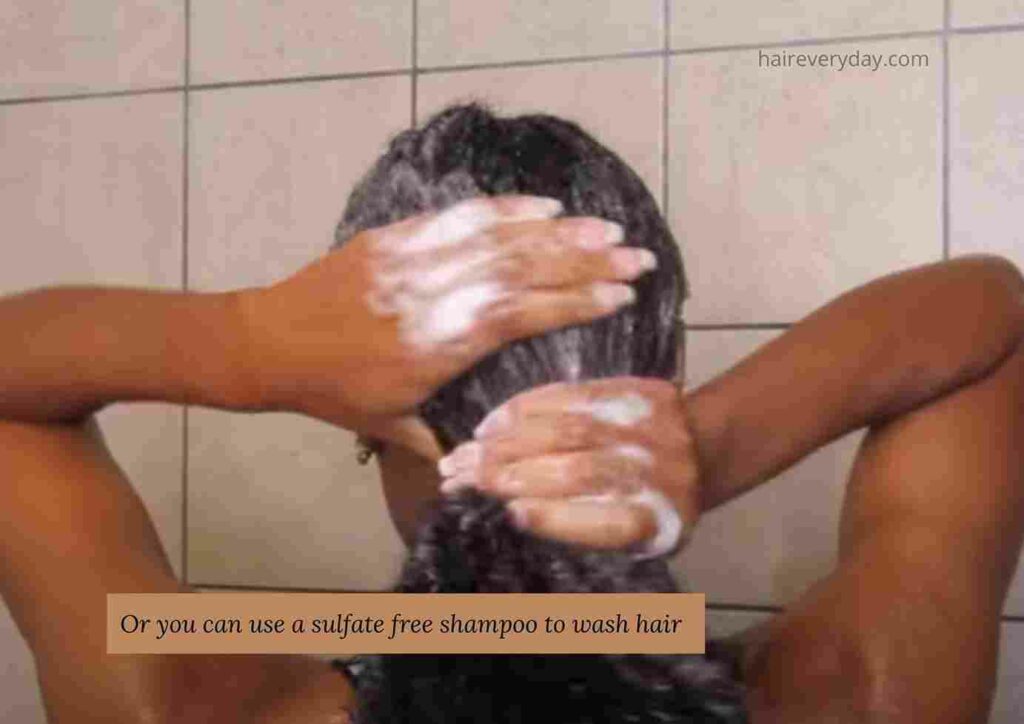
Moisturize Like Your Life Depends On It
Ditch your regular, silicone-based conditioner for a rich, nourishing one which contains both humectants like glycerine and hyaluronic acid that will add moisture to hair and occlusives like coconut oil that will seal the moisture inside.
You can even use a deep conditioning hair mask or protein hair mask after shampooing and before conditioning to ensure that the products deeply penetrate and hydrate your hair strands.

Detangle Hair When Wet
I know this might sound counterintuitive to all the hair advice you’ve received before but type 4 hair is best brushed wet in the shower. Yes, you’ve heard that right!
Do not brush it or even detangle it without applying some form of conditioner first, because you need that slip. Also, don’t use a regular hair brush.
First detangle with a wide-toothed comb and then use a wet brush to comb out your 4a curls.
Brushing or even detangling dry can cause more damage than doing it wet as the texture of hair makes it difficult for brush to go through hair when dry.
Also, brushing it wet after application of a conditioner helps distribute the product better through your curls and also helps it form curl patterns better.
Moisturize Some More
Now is co washing enough? Nope. Type 4a hair might require some more moisturization. Most proponents of the Curly Girl Method suggest using the LOC method to ensure maximum hydration.
Here you have to condition your hair with “L” or leave-in conditioner first, then “O” or oil, and then finally “C” or cream.
Wash, Plop And Go!
Right after moisturizing your hair with the LOC method, you can start to dry it. If you’re in a hurry, then you can use a diffuser attachment with a hairdryer to dry your curls.
This will damage it less than a regular hair dryer and also define your curls.
Or you can simply remove the excess water with a microfiber cloth or old t-shirt and let your hair air dry.

One of the biggest advantages of having 4a curls is that you can simply wash and go as they most defined curl pattern out of all hair types.
But if you really want to get those well-defined spiral curls, try plopping your hair.
In this method you have to wrap your hair by laying it flat on a microfiber cloth or old cotton t-shirt and then tying it up near your forehead.
This method prevents hair damage caused by either rough towel drying or hair drying, and is quicker than letting your curls air dry.
Final Thoughts About 4a Hair Types
Type 4 hair refers to extremely tightly wound curly hair that’s mostly found among the African American population.
4a curls are the least “coily” of these hair types and have a “S” shape pattern of ringlets just like 3c curls. However, unlike 3c curls, they are coarser, have a smaller curl diameter and have a more defined curl pattern.
And unlike 4c or 4b hair which are very close together and form a “fluffy” cloud of hair, 4a hair can be individually distinguished as they stick out from the scalp.
These hair textures require moisturization as they are very prone to dryness. Also, 4a hair can appear shorter than it really is thanks to shrinkage.
As these curl types are also more prone to breakage, a lot of people wear them in protective hairstyles like braids or locs.
Also Read:
To Summarize

